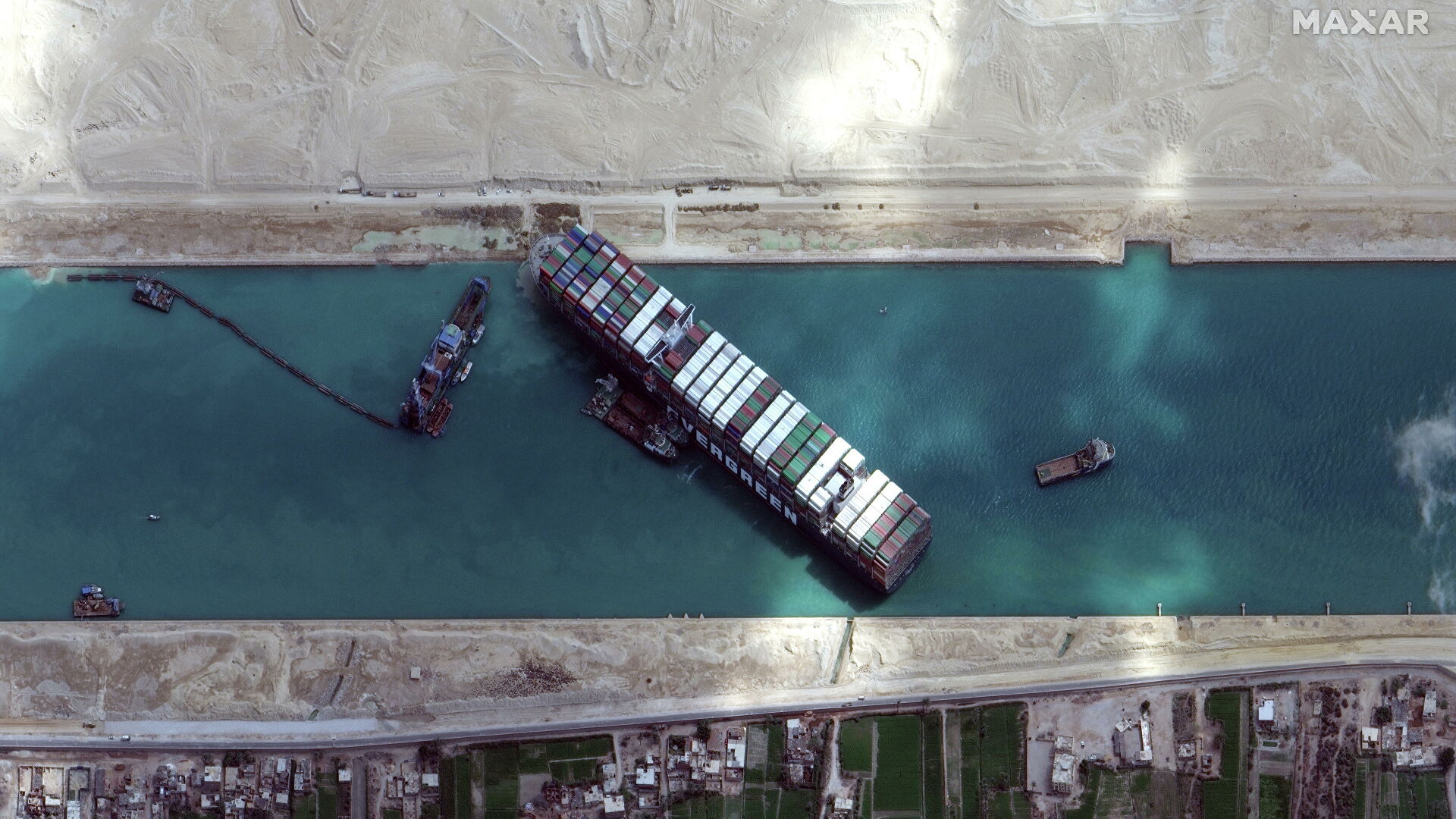
10 Apr Consequences for Mexico of the temporary blocking of the Suez Canal
International commercialization trading is one of the most important columns of the global economy. Figures show that 80% of world trade takes place by sea; the shipping industry has grown in cargo capacity to supply the intense demand of the international market, according to (Weller Lara, 2021).
In that order of ideas, the operation of sea lanes is vital for the flow of goods, and it is worth emphasizing two relevant straits that reduce distances around the world: The Panama Canal and The Suez Canal.
According to (Weller Lara, 2021) it is necessary to analyze the different implications of this blockage, for this it is necessary to divide the topic into 3 different subtitles.
- The strategic geographic location and background of this channel canal
- The Global Context of the Suez Canal
- The implications for Mexico specifically of the temporary blockade of the canal.
STRATEGIC GEOGRAPHIC LOCATION AND BACKGROUND
The Suez Canal was inaugurated in 1896, and its construction was promoted by the Egyptian government, in large part by Fernirand de Lesseps, a French businessman, a historically relevant person who is also given the impetus to build the Panama Canal. (Weller Lara, 2021)
This channel canal, according to (France, 2021) is the link between Asia and Europe, effectively reduces distances: 6,000 km less between Rotterdam and Singapore, for example. Which means, one or two weeks less travel time compared to the long way it is to go around Africa.
The canal also provides security and surveillance as it is a geostrategic step for the transit of large oil tankers that leave the East bound for European markets. (Weller Lara, 2021)
GLOBAL CONTEXT OF THE SUEZ CANAL
The optimal linkage between Asian and European ports is largely attributed to the use of the canal.
Around 10% of all world merchandise trade circulates through the Suez Canal, worth the redundancy, hence its importance in logistics. Being a deep channel with a maximum draft of up to 24 meters, it allows various types of vessels to navigate its waters (Weller Lara, 2021); General cargo ships, rolling cargo ships, container ships, passenger ships, oil tankers, even ships that specialize in the transportation of LNG.
IMPLICATIONS FOR MEXICO
On March 23, 2021, the giant container ship ‘’Ever Given’’, which was en route to Rotterdam from Yantian (China), was stalled in the middle of the canal. He came from entering the route from the Red Sea in the south and there was a “lack of visibility” due to the wind and sand, a daily phenomenon in Egypt in this period. (France, 2021)
Immediately, all eyes in the world were fixed on the canal, since for each day of blockade there are losses of up to 10 billion dollars. (Weller Lara, 2021)
For Mexico, this wave of affection will be felt in the medium term, since despite the fact that the canal has been unblocked, there is congestion in several international ports.
In conclusion, congestion in ports, delayed deliveries and the current shortage of containers can lead to a rise in costs, affecting various industries.
On the other hand, saturation in Chinese ports derives in part from the increase in maritime freight to Mexico, increasing up to 450%, which generates a loss of competitiveness.
References
France. (24 de Marzo de 2021). France24. Obtenido de Bloqueo de Canal de Suez trae consecuencias económicas limitadas: https://www.france24.com/es/minuto-a-minuto/20210324-bloqueo-de-canal-de-suez-trae-consecuencias-econ%C3%B3micas-limitadas
Weller Lara, A. (31 de Marzo de 2021). T21. Obtenido de Implicaciones para México del bloqueo temporal del Canal de Suez: http://t21.com.mx/index.php/opinion/columna-invitada/2021/03/31/implicaciones-mexico-bloqueo-temporal-canal-suez
